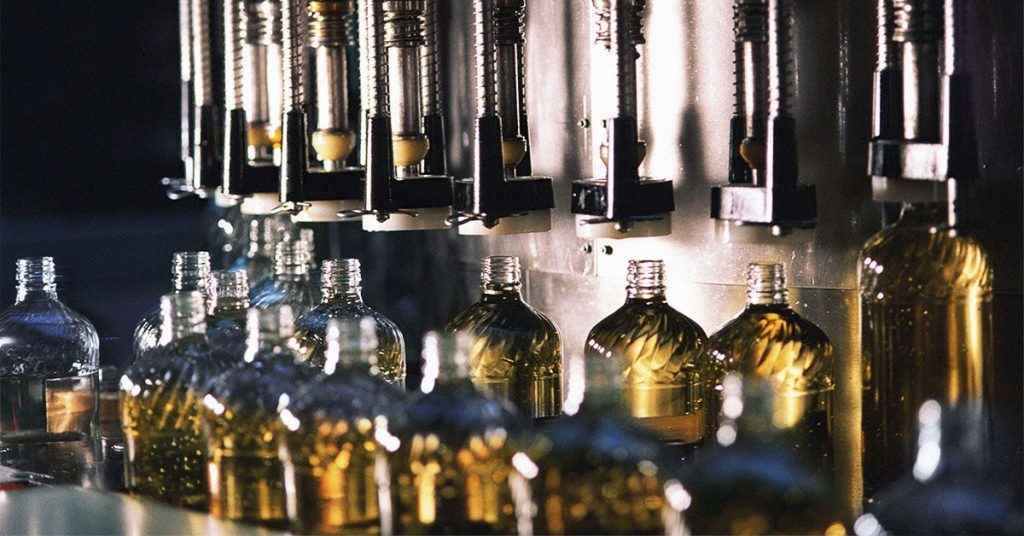Breast cancer is the most common type of cancer in women, with around 13% of women experiencing it at some point in their lives. In the United States, deaths from breast cancer are decreasing, but the incidence of the disease is rising, particularly among younger women, for unknown reasons. A recent study has identified 189 chemicals in food packaging that could potentially increase the likelihood of breast cancer. While the link between these chemicals and breast cancer has not been conclusively proven, the study raises concerns about the substances that may transfer from packaging into our food.
The American Cancer Society reports that the lifetime risk of developing cancer is 41.6% for men and 39.6% for women, with breast cancer being the most common form among women, affecting one in 8 women in their lifetime. While deaths from breast cancer have decreased by 44% since 1989 due to improved screening and treatments, the incidence of the disease continues to rise every year, particularly among younger women. Risk factors for breast cancer include being female, aging, genetic mutations, having dense breasts, and exposure to carcinogens.
The study by the Food Packaging Forum Foundation identified 189 potential breast carcinogens in common food packaging materials, with 76 of them having the potential to transfer from the packaging into the food. Different types of packaging contain varying numbers of these potential carcinogens, with plastics having the most substances likely to cause cancer. While not all of the chemicals can migrate from the packaging to the food, a significant number have been shown to do so, raising concerns about the safety of food packaging materials.
Although a link between potential carcinogens in food packaging and the rise in breast cancer incidence is possible, there is currently no firm evidence to prove this connection. More research is needed to fully understand the impact of these chemicals on cancer development. In the meantime, experts recommend maintaining a healthy weight, limiting alcohol consumption, and being physically active to reduce the risk of developing breast cancer. There is also a call for increased awareness of potential carcinogens in food packaging and for policy changes to ensure the safety of packaging materials worldwide.
To reduce exposure to potentially harmful chemicals in food packaging, experts recommend drinking tap water instead of bottled water, avoiding heating foods in plastic packaging, not storing food in plastic containers, and opting for glass storage containers instead. Buying local produce and eating fresh fruits and vegetables are also recommended. While the science around the impact of these chemicals on cancer is still evolving, taking proactive steps to minimize exposure can help reduce the risk of developing breast cancer and other health issues.


